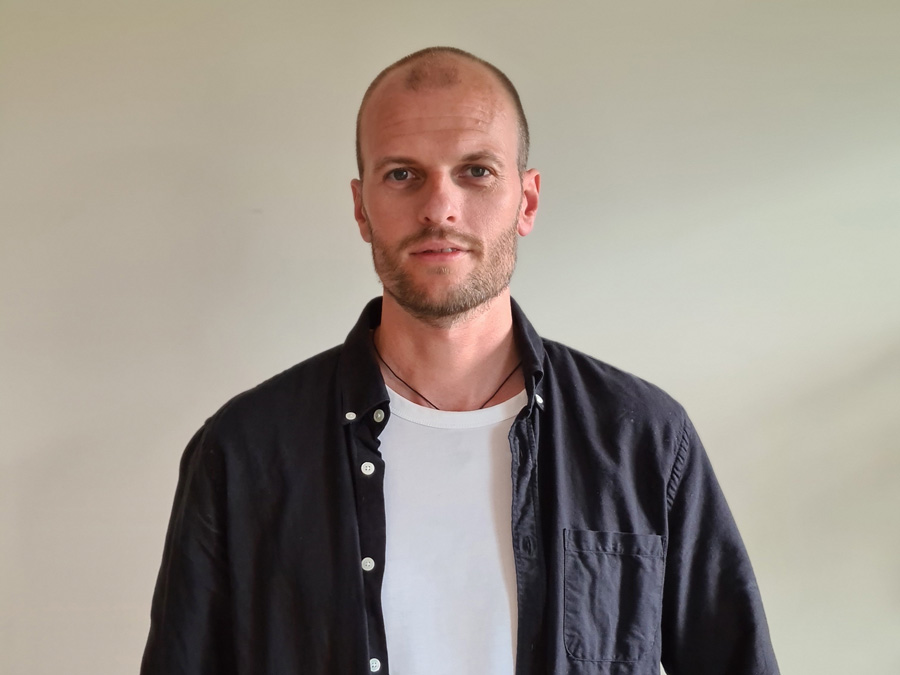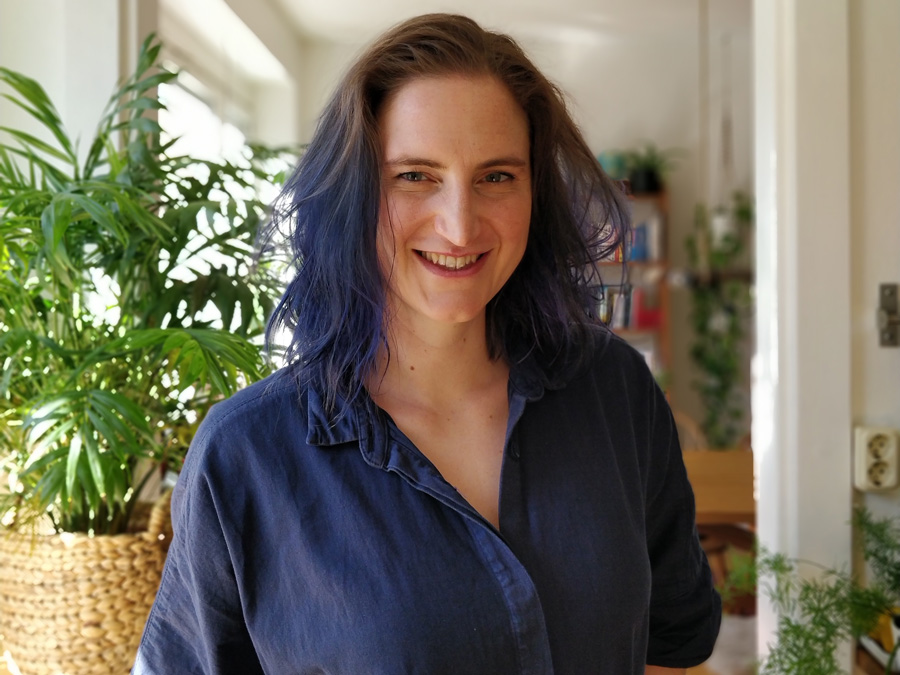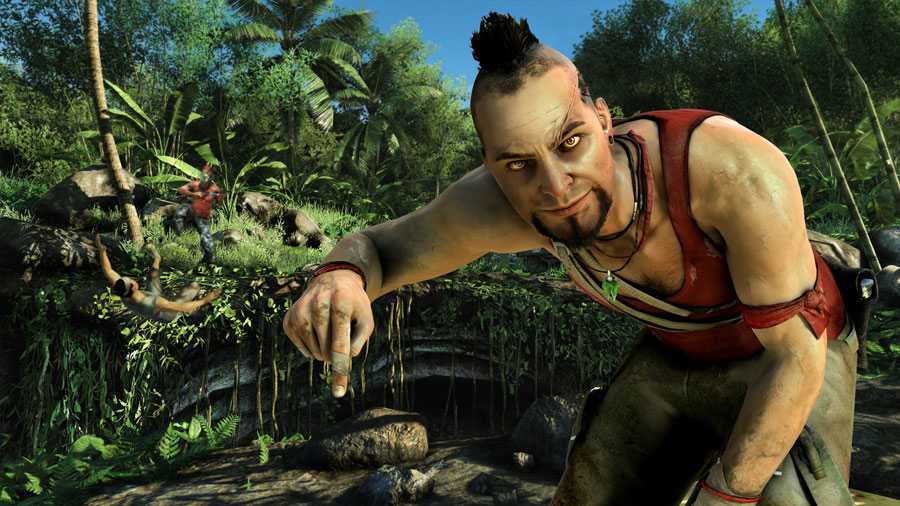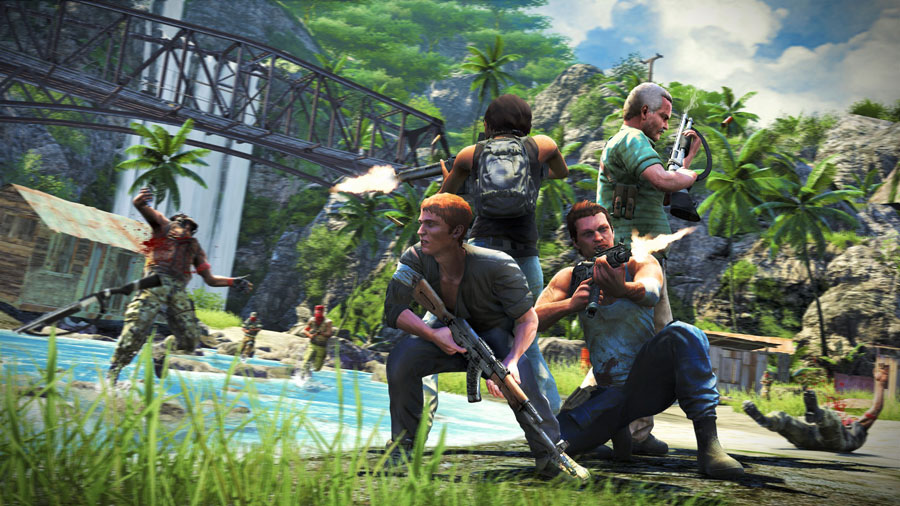On August 30, 2022, a call went out to the entire Massive Entertainment studio – “we want to play Far Cry 3 multiplayer one last time during lunch tomorrow”. The servers, that had been keeping the game’s multiplayer going since it launched back in 2012, were shutting down that day – this was the last chance to play it. (Ubisoft later delayed the sunsetting to October 1.)
In a bout of nostalgia, several of the developers booted up the game and spent their lunch shooting at each other in a game mode they themselves had developed all those years ago.
But what was it like for Massive, who had just joined Ubisoft, to develop multiplayer for such a blockbuster title? With Far Cry 3 turning 10 years old this year, we sat down with some of the developers that worked on it to find out more.
A WHOLE NEW GENRE
“We were already playing a lot of first-person shooters at the office when we got the mission to create the multiplayer for Far Cry 3,” Senior Quest Producer Johan Oldbring, who worked as Associate Producer – and later Live Producer – on the game, says. “We were playing games like Battlefield and Call of Duty together on our lunch breaks, so we already knew a lot about the genre, even if we had never developed an FPS before.”

When Ubisoft acquired Massive from Vivendi in 2008, the studio mostly had experience with real-time strategy games, having developed classics like World in Conflict and the two Ground Control games. Now the developers had to not only work in a brand-new genre, but they also had to move from PC-only to consoles. It was a whole new world in many ways.
“Once we went to the local game store and bought 70 copies of Battlefield: Bad Company and Call of Duty 4: Modern Warfare,” Johan says. “We did a lot of research, looked at the competition, tried to understand the genre to find out what we liked and did not like. When we started development on the Far Cry 3 multiplayer, we already had a lot of thoughts and ideas on what we wanted to do and what we wanted to improve.”
Having a Player versus Player multiplayer was not new to Massive – World in Conflict had a PvP mode already. While World in Conflict belonged to a completely different genre, the team still looked to their previous creation to find inspiration. They wanted the same quick matches that World in Conflict had.

“We often thought of World in Conflict more like a first-person shooter PvP game than a real time strategy game,” Johan says. “We wanted to keep the quick matches, perfect for those lunch breaks.”
It was not just gameplay that the team mulled over. As they played other games, they asked themselves questions like “what is a multiplayer match?”, “how long are they, what is the infrastructure like, what systems are important?”. And what happens in-between matches?
What is a multiplayer match?”, “how long are they, what is the infrastructure like, what systems are important?
The answer to that question would have a significant impact on the Far Cry 3 multiplayer experience – once a match was over, the team that won could choose between “killing” or “sparing” the best performing player of the opposing team in a rather gruesome post-match scene. They also added the ability to chat via text and voice while waiting for games to start, a feature that World in Conflict had pioneered and was groundbreaking for multiplayer games at the time.
A UBISOFT CRASH COURSE
“Far Cry 3 was intended to be our Ubisoft ‘university’,” Massive’s former Managing Director, David Polfeldt, wrote in his book The Dream Architects. “The plan at Ubisoft HQ was that [Ubisoft] Montreal would create an awesome single-player experience, and Massive would add the online components. So far so good.” But as David points out in the book, it would turn out to be a major challenge.
“Making the multiplayer was hard,” Game Director Ditte Deenfeldt, who worked as Associate Lead Game Designer on the co-operative part of the Far Cry 3 multiplayer, says. She had joined Massive on the same day that Activision Blizzard put the studio up for sale in 2008. “The co-op team was small. The lead studio and the single-player game had their own problems, so communication was not always the best and we did not always get the attention we might have needed.”

The engine Far Cry 3 was built in was not made for online multiplayer, and the editor used to put everything together was not made for it either. It could take 24 hours for changes a developer made to be integrated, so there was no fast way to test to see if what they had done worked or not. Massive had a lot of online experience but had to learn a whole new online infrastructure to make the modes work.
“At one point there was a bug in the editor where it would crash every seven minutes,” Ditte remembers. “It took five minutes to start up again. So, I would have to make my changes within seven minutes, then the editor would crash, and I would have to wait for five more minutes for it to boot up. I worked like that for two weeks before it was fixed. It was frustrating at the time, but we can laugh about it now!”
“We had to be creative. We did not give up and we focused on doing the best we could with the tools we had.”
FINDING THE TONE
As described in The Dream Architects, Far Cry 3 had a troubled development, before it turned into the classic it is seen as today. “You have to remember that before Far Cry 3, the series was completely different,” Ditte says. “All of that humor, the pop culture references, the tone, all of what we think Far Cry is today, was established in Far Cry 3 and Far Cry 3: Blood Dragon. We did not know the direction the game would go in while we worked on the multiplayer.”

The shift in tone between Far Cry 2 and the third game in the series would end up being a boon for the team at Massive. Through their analysis of what multiplayer meant, they had already established that a co-op match needs more humor to be fun to play. Not everyone understood their reasoning.
“You can’t tell long and complicated stories through this kind of co-op,” Ditte says. “You cannot add long cutscenes. It just needs to flow, and it needs to be replayable. You just want to joke and laugh with your friends while playing; you even laugh at sad things! We added a sense of humor to the co-op without knowing the direction the main game would take, and sometimes it was hard to explain to others why we had to do it that way.”
We added a sense of humor to the co-op without knowing the direction the main game would take
Far Cry 3 was released on November 29, 2012, to great acclaim and sales figures. It was an instant hit, and the tone and feel of the series would forever be changed. The single-player campaign, featuring a strong narrative and the iconic antagonist Vaas, would in a sense overshadow the multiplayer modes – something that did not make the experience of creating them any less valuable for the teams moving forward.
LESSONS LEARNED
Today, Massive Entertainment is the lead studio on several AAA projects – The Division 2, Avatar: Frontiers of Pandora and the Star Wars Project – and the developers – both at Massive and at Ubisoft – learned a lot about co-development through their experiences with Far Cry 3.

“You learn a lot after having been a co-dev yourself,” Ditte says. “You become a better lead studio if you have been a co-dev and know exactly what a co-dev studio need. You learn just how important constant communication is. That is something we brought with us, and that is how we work with our partners today.”
“I still have close friends in Montreal from the Far Cry 3 days! Those are the kinds of connections you want to create.”
RETURNING TO THE SCENE OF THE CRIME
10 years is a long time.
“Far Cry 3 feels like a lifetime ago,” Johan says. “Up to that point, we had made pretty niche games, in a way. We are of course proud of World in Conflict and Ground Control, but it was an amazing experience when people you talked to knew about the brand. ‘Wow, you work with Ubisoft, on Far Cry!’ That was new for us. We had suddenly gone global.”
Coming back to the game a decade later gave the developers a unique opportunity to reflect on their past work and think about where those first steps on their journey with Ubisoft would take the studio. After all, Massive’s very own Tom Clancy’s The Division would be revealed at E3 2013, less than a year after Far Cry 3 released.

“I am really glad we got to play Far Cry 3 multiplayer again before it shut down,” Ditte says. “I was skeptical at first – are we really going to put ourselves through this? But when I saw it again, I could see everything it taught us, how valuable it was for us. I could look at the multiplayer modes with new eyes and new perspectives.”
The gang from Massive was not alone when they logged in over lunch. An old-time player was online and joined the fun, unaware of who he was playing with, helpfully warning the developers that the servers were closing. “He totally owned us,” Ditte says, laughing.
“It is a game from another era,” she says. “It is so violent! It can be quite cringe at times. That said, the flow is great. The multiplayer might not be perfect, but now, 10 years later, I am proud of what we accomplished with the tools that we had. I was surprised that it wasn’t as bad as I somehow remembered it being! We can pat ourselves on the back.”
Ubisoft “university” indeed.
“Good job after all, Ditte, from 10 years ago,” Ditte says, with a smile. “Good job.”













